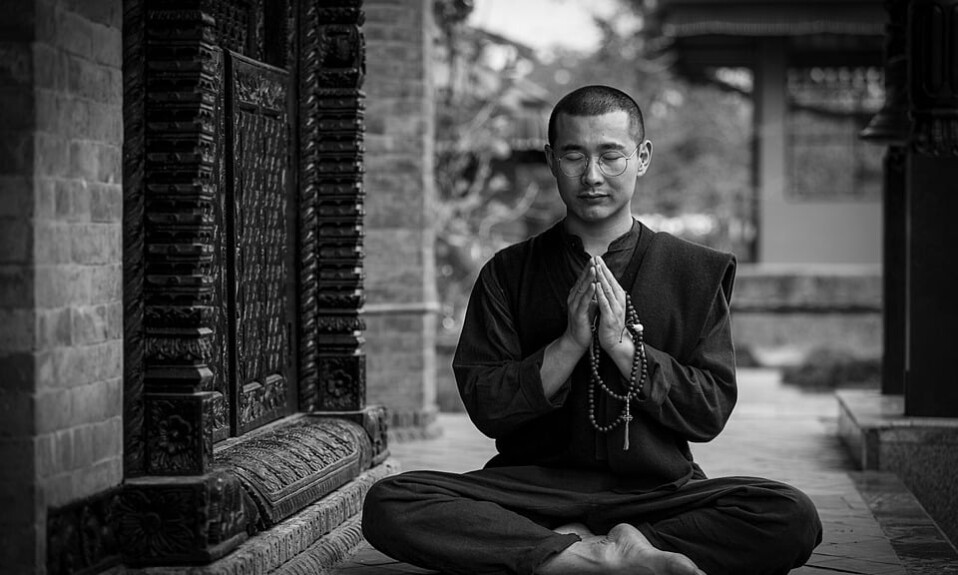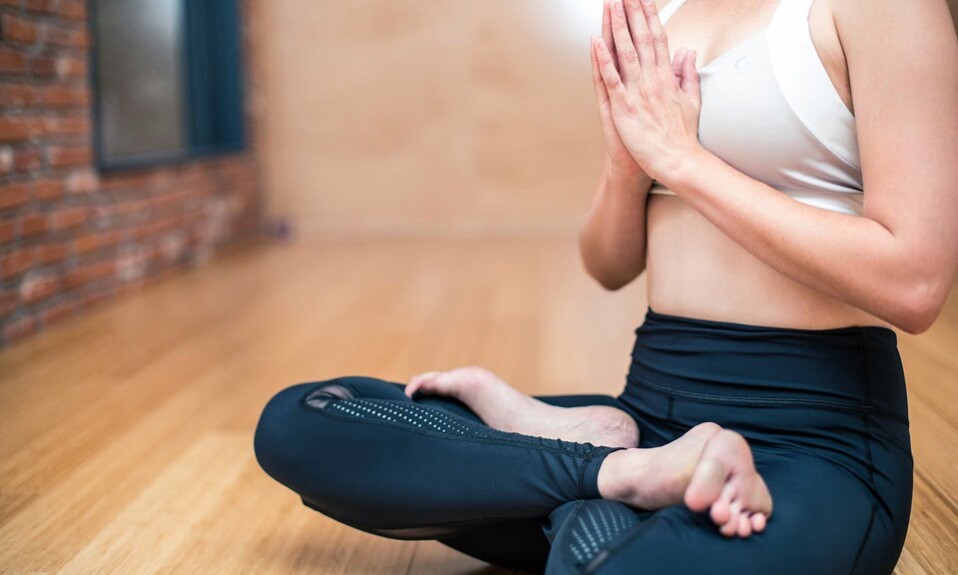Welcome to our beginner’s guide to starting your yoga teaching journey. In this article, we will discuss the steps you need to take to become a yoga teacher, the benefits of teaching yoga, and how to get started on this rewarding career path.
Starting yoga teaching: Qualifications
To become a yoga teacher, it’s important to complete a Yoga Alliance accredited teacher training program. These programs typically require 200 or 500 hours of training, and cover topics such as yoga philosophy, anatomy, teaching methodology, and practicum. Once you complete the training, you will receive a certification that allows you to teach yoga.
How do I choose the right teacher training program?
When choosing a teacher training program, it’s important to research the different options available to you. Consider factors such as the location, duration, and cost of the program, as well as the qualifications of the instructors. It’s also a good idea to read reviews from past students to get a sense of their experiences. Take the time to visit a few different studios and talk to the instructors to find a program that aligns with your goals and values.
What are the benefits of becoming a yoga teacher?
Teaching yoga can be a deeply fulfilling and meaningful career. As a yoga teacher, you have the opportunity to make a positive impact on the lives of others, helping them to improve their physical and mental well-being. Teaching yoga also allows you to deepen your own practice and continue learning and growing as a student of yoga. Additionally, many yoga teachers enjoy the flexibility of creating their own schedules and the potential to earn a sustainable income while doing what they love.
How do I get started teaching yoga?
Once you have completed your teacher training and received your certification, you can start teaching yoga. Consider applying for teaching positions at local yoga studios, fitness centers, or community centers. You can also offer private lessons, workshops, or retreats to establish yourself as a yoga teacher. Building a strong network of students and fellow yoga teachers can also help you find opportunities to share your passion for yoga with others.
What ongoing education and training do I need?
As a yoga teacher, continuing education is important for staying up-to-date on the latest trends, techniques, and research in the field of yoga. Consider attending workshops, retreats, and advanced teacher training programs to deepen your knowledge and skills. Additionally, maintaining a regular personal yoga practice and seeking mentorship from experienced teachers can help you grow and evolve as a yoga teacher.
Conclusion
Embarking on a yoga teaching journey can be a deeply rewarding experience. By completing a yoga teacher training program and gaining experience teaching, you can make a positive impact on the lives of others and cultivate a fulfilling career in yoga. Remember to continue your education and stay connected to the yoga community as you grow and evolve as a teacher.
FAQs
Can I start teaching yoga without completing a teacher training program?
No, it is important to complete a Yoga Alliance accredited teacher training program to gain the necessary qualifications and skills to teach yoga safely and effectively.
Do I need to have a certain level of physical fitness to become a yoga teacher?
While it’s important to have a regular yoga practice and a good level of fitness, there is no specific physical fitness requirement to become a yoga teacher. Yoga is for everyone, regardless of age, body type, or fitness level.
How much can I expect to earn as a yoga teacher?
Earnings can vary widely depending on factors such as location, experience, and the number of classes taught. Some yoga teachers supplement their income with additional offerings such as workshops, retreats, and online classes.
Do I need to specialize in a specific style of yoga to become a teacher?
While it can be beneficial to have a strong foundation in a specific style of yoga, such as Hatha, Vinyasa, or Yin, it is not necessary to specialize in one style in order to become a yoga teacher. Many teachers find success by offering a well-rounded and inclusive approach to yoga.
Are there opportunities for professional development and advancement in the field of teaching yoga?
Yes, there are many opportunities for professional development in the field of yoga teaching. Continuing education, mentorship, and gaining experience teaching different styles and populations can help you grow as a teacher and open up new opportunities for advancement.





